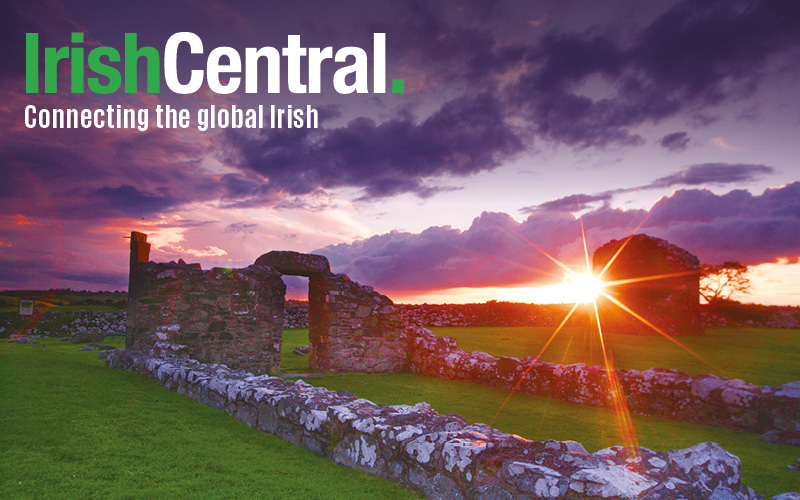The number of births has increased in Ireland by nearly 30% in the past decade and the country still has the highest birthrate in the European Union, according to a new report based on research by the Economic and Social Research Institute (ESRI).
Ireland also has the highest fertility rate in the EU.
Of the 27 EU countries, Ireland’s birthrate in 2010 was 16.8 per 1,000 population. The rate in 2001 was 15.1 per 1,000 population.
The 52-year-old institute develops and implements a sustainable research agenda that matches closely the current economic and social challenges facing Ireland.
Its latest findings showed that there were over 17,000 more births in 2010 — the latest full year for available statistics — compared to 2001.
A third of births in 2010 were to single mothers and almost a quarter were to mothers born outside Ireland.
The report also found that Irish women are waiting later in life to have their babies. The average age of first-time mothers in Ireland is 29.4, compared with 27.6 in 2001.
The average age of women giving birth was 31.5 years in 2010, up from 30.3 years in 2001. The average age of single mothers in Ireland is 28, compared with 25 almost a decade ago..
Some 75,600 births were notified in 2010, compared with 58,261 births almost a decade earlier.
Some 1,240 sets of twins and 24 sets of triplets were born in 2010.
The number of births to single mothers increased from 30% to 33% over the 10-year period. The average age of single mothers increased from 25.4 to 28 years in the same period.
Irish women were found to be the most fertile. With a total period fertility rate of 2.09, Ireland is now close to the level required (2.10) for the long-term replacement of the population in the absence of net inward migration in the coming years.
Almost one-in four births in 2010 were to women born outside Ireland. In 2004, the year this information was first collected, just 16% of births were to mothers from outside the country
Professor Michael Turner, director of the obstetrics and gynecology program for the Health Service Executive, said the report also showed the perinatal mortality rate (infant death rate around the time of birth) in Ireland has improved in the first decade of the 21st century.
He added, “There has been a significant decline in both the number of stillbirths and neonatal deaths which is a tribute to all the staff in the different disciplines working in the maternity hospitals.”




Comments